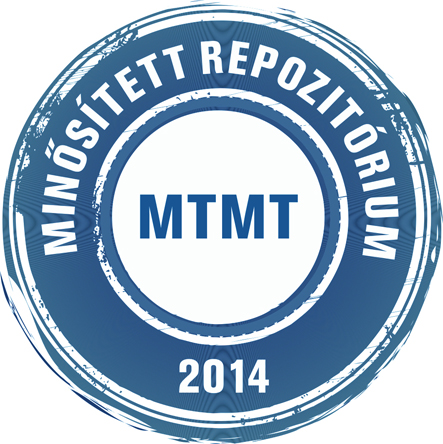Deák István: A magyar közjegyzőség fejlődése. In: Köztes-Európa : társadalomtudományi folyóirat, (7) 1-2. pp. 82-92. (2015)
Előnézet |
Cikk, tanulmány, mű
vikek_017_018_082-092.pdf Letöltés (6MB) | Előnézet |
Absztrakt (kivonat)
The notary-system slowly started to spread from the Middle-Aged-Italy to the other states in Europe. Mainly it was the papal notary-system, which spread through the episcopal seats. In the ancient Hungarian history it was public officials, who attested legal transactions announced by word of mouth. In the 13th century pristalds already got concrete commissions to fact-attest. Notary-system appeared first time in Hungary on 27 Nov 1308, when Charles Robert was elected to be king by the Hungarian Parliament in the presence of Gentilis cardinal. According to the notary statute of the year of 1858, standard documents taken by notars had the force to approve, in the other words they were public attested ones. The circumstances after Trianon basically influenced the condition of notary-system. Statute (no. XLI) of the year of 1991 put into force again the old-fashioned, traditional framework of the notary-system, via re-establishing again Latin (entrepreneur) sort of notary-institution. At present there are five regional notary-chambers have been working in Hungary, organised at territorial level.
| Mű típusa: | Cikk, tanulmány, mű |
|---|---|
| Egyéb cím: | Development of the notary-system in Hungary |
| Befoglaló folyóirat/kiadvány címe: | Köztes-Európa : társadalomtudományi folyóirat |
| Dátum: | 2015 |
| Kötet: | 7 |
| Szám: | 1-2 |
| ISSN: | 2062-1396 |
| Oldalak: | pp. 82-92 |
| Nyelv: | magyar |
| Befoglaló mű URL: | http://acta.bibl.u-szeged.hu/39767/ |
| Kulcsszavak: | Közjegyzőség története Magyarország |
| Megjegyzések: | Bibliogr.: p. 91-92. |
| Feltöltés dátuma: | 2016. okt. 17. 10:36 |
| Utolsó módosítás: | 2021. máj. 07. 14:31 |
| URI: | http://acta.bibl.u-szeged.hu/id/eprint/36153 |
 |
Tétel nézet |



